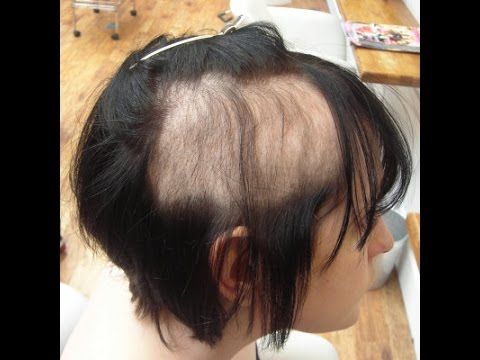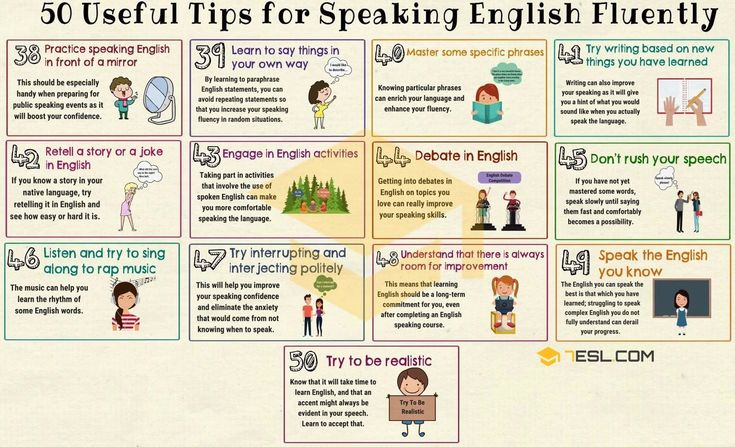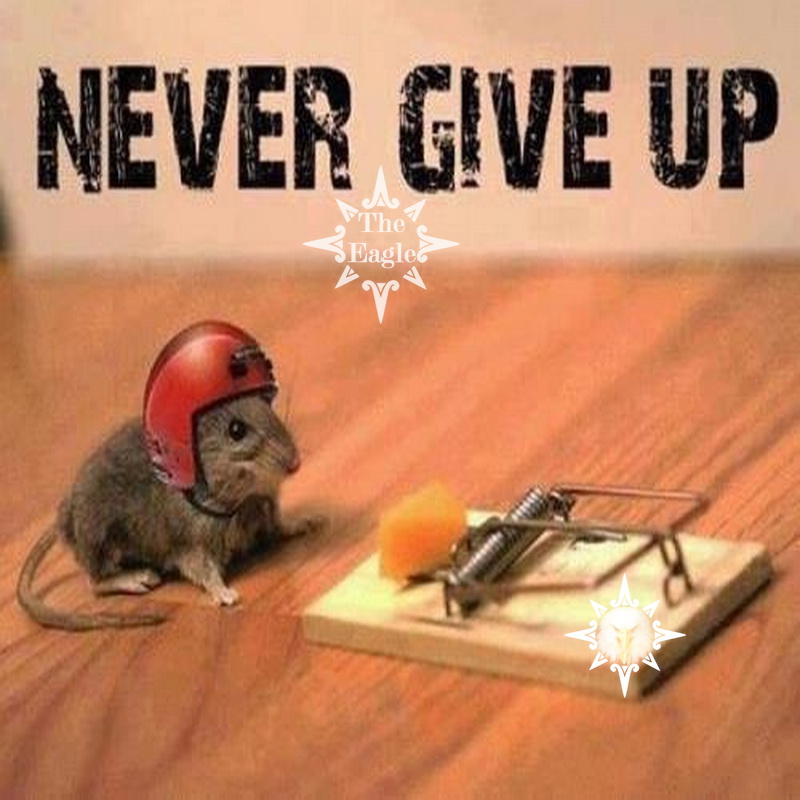Children that pull their hair out
Why Kids Pull Hair Out
If your child nervously pulls their hair out when stressed, there may be an underlying reason for the behavior. Here are ways to help them.
Have you noticed a bald spot on your child’s head or that they’re missing hair from their eyebrows? They may be pulling out their hair.
Instead of reprimanding your child, it may be a good idea to ask yourself what could cause your child to pull their hair out.
Trichotillomania is a hair-pulling disorder that occurs when one repeatedly pulls hair from any part of their body, leading to visible hair loss. This disorder is different from alopecia, known as hair loss, which is a symptom of trichotillomania.
The disorder starts in childhood, and experts once believed it was rare. But, recent evidence suggests trichotillomania may be more common than initially thought.
A 2017 review cited an older survey that found that out of 2,534 students, 0.6% of them had the disorder, and it may also be significantly more common in females. According to newer data published in a 2020 study, 1.7% of a large sample of adults reported having trichotillomania.
The stigma of trichotillomania may lead people to hide it from loved ones since it can change the way they look. But taking the time to learn about trichotillomania and how to treat it can help lessen that stigma.
The exact cause of trichotillomania isn’t well understood.
Trichotillomania was once classified as an impulse control disorder in the Diagnostic and Statistical Manual of Mental Disorders, 4th edition (DSM-4). However, in 2013, the DSM-5 began classifying it as a condition related to obsessive-compulsive disorder (OCD).
Sometimes, trichotillomania can be a symptom of certain mental health conditions in children. It may also be a coping mechanism for your child to deal with stress.
Obsessive-compulsive disorder (OCD)
OCD is a mental health condition in which a person repeatedly has intrusive or distressing thoughts (obsessions) and rituals (compulsions). OCD may make you feel like you have no control over your life.
OCD may make you feel like you have no control over your life.
The DSM-5 groups trichotillomania as a condition related to OCD.
Hair pulling can be a symptom of OCD, but the two conditions are distinct from one another.
Many people with OCD pull their hair because it gives them a sense of gratification. But, a person with trichotillomania may not experience that same feeling when they pull out their hair, especially children.
Doctors don’t necessarily recommend the same treatment for both conditions. However, selective serotonin reuptake inhibitors (SSRIs) are considered first-line treatments for both OCD and trichotillomania.
Anxiety and depression
People with trichotillomania often also receive a diagnosis of anxiety or depression.
Anxiety can be characterized as feelings of fear, dread, or uneasiness. Other symptoms of anxiety include:
- sweating
- restlessness
- rapid heart rate
Some common symptoms of depression can be:
- persistent feelings of sadness or hopelessness
- not enjoying things you used to like
- trouble focusing
- irritability
- changes in your appetite or sleep habits
According to 2019 research, it’s common for people with trichotillomania to have another mental health condition as well.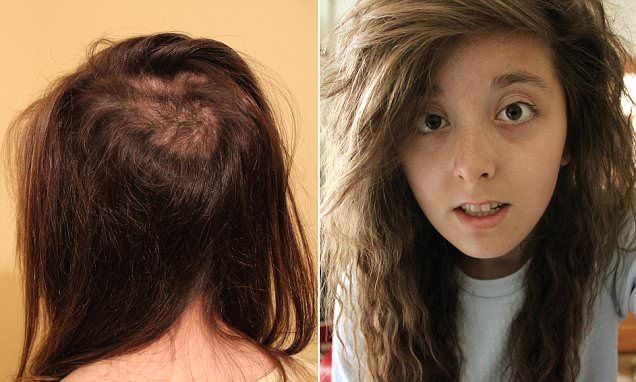 The researcher found that 50% of people with trichotillomania also have depression, anxiety, or both. But only an estimated 26% have an OCD diagnosis.
The researcher found that 50% of people with trichotillomania also have depression, anxiety, or both. But only an estimated 26% have an OCD diagnosis.
Children with anxiety may subconsciously pull out their hair in response to feelings of anxiety. Often, they may not recall the actual pulling out of their hair.
Coping mechanism
There are indications that trichotillomania occurs because of the gratification felt from the activity. Others may simply have the urge to do it. But, another possibility is your child may be pulling their hair to cope with stress or worry.
Grooming disorder
Grooming disorders are common and include hair pulling with skin picking and nail-biting. These acts are repetitive and can harm the body.
Your child may have feelings of shame since they can’t control the behavior. But you may be able to help them avoid feelings of shame by explaining the instinct behind hair pulling.
Your child may also feel an urge to remove parts of their body and become triggered when they see hair growing in specific places on their body.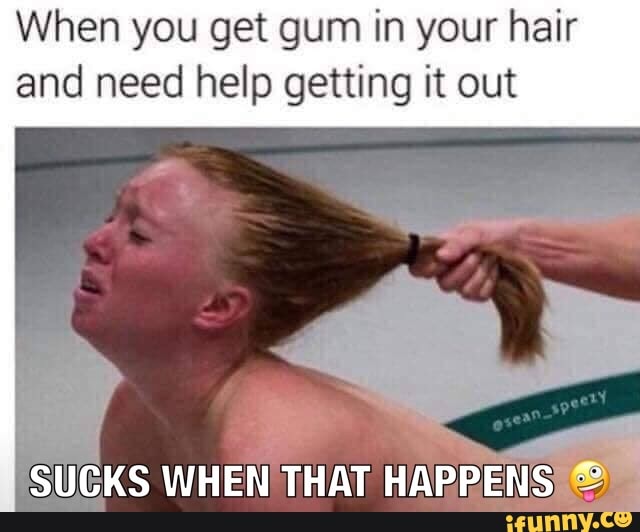
If they see hair as an imperfection, they may pull the hair as a way to groom. A sense of relief usually follows.
One 2009 study found that 1 out of 3 people with OCD has a grooming disorder. Additionally, if your child experiences trichotillomania, they may be more likely to pick their skin or bite their nails.
There are many treatment options to help children with symptoms of trichotillomania.
Reducing stress at home
Since trichotillomania can often be a stress response in children, consider making changes to your child’s environment to reduce stress.
Cognitive behavioral therapy (CBT)
Cognitive behavioral therapy (CBT) is often considered a first-line treatment for trichotillomania.
Working with your child’s therapist, you can learn different interventions to try at home. Some examples may include:
- placing a sock over your toddler’s hand to discourage the behavior
- providing a fidget toy for the child and directing them to it when they start to pull their hair
- placing bandages on their index fingers to increase their awareness of the behavior
Habit reversal training
Habit reversal training is a form of CBT that consists of three main parts:
- Awareness.
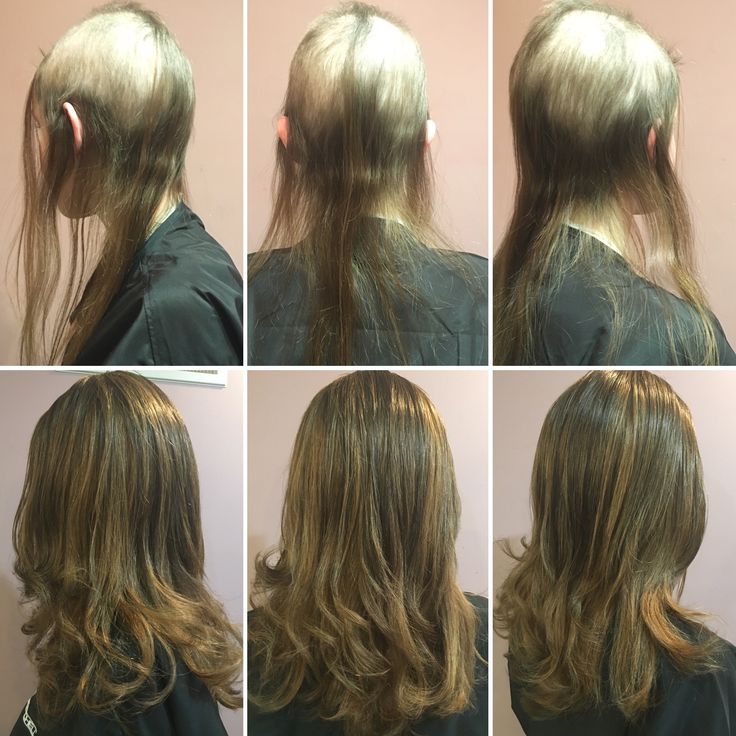 The child becomes aware of their hair pulling and their triggers.
The child becomes aware of their hair pulling and their triggers. - Competing for the response. An action is identified to take the place of plucking their hair.
- Social support. Loved ones around the child praise their positive behaviors and remind them to use their training.
Overall, this therapy is a low risk and effective treatment for trichotillomania.
Medication
Your child’s doctor may prescribe SSRIs for trichotillomania. But medication alone may not be enough to help your child manage their symptoms.
For maximum effectiveness, it’s best to supplement the medication with therapy.
Trichotillomania is a mental health condition that usually begins in childhood.
If you start to see signs that your child is pulling their hair out or experiencing unexplained hair loss, it’s a good idea to seek advice from a doctor as soon as possible. Treatment is much more effective when started early.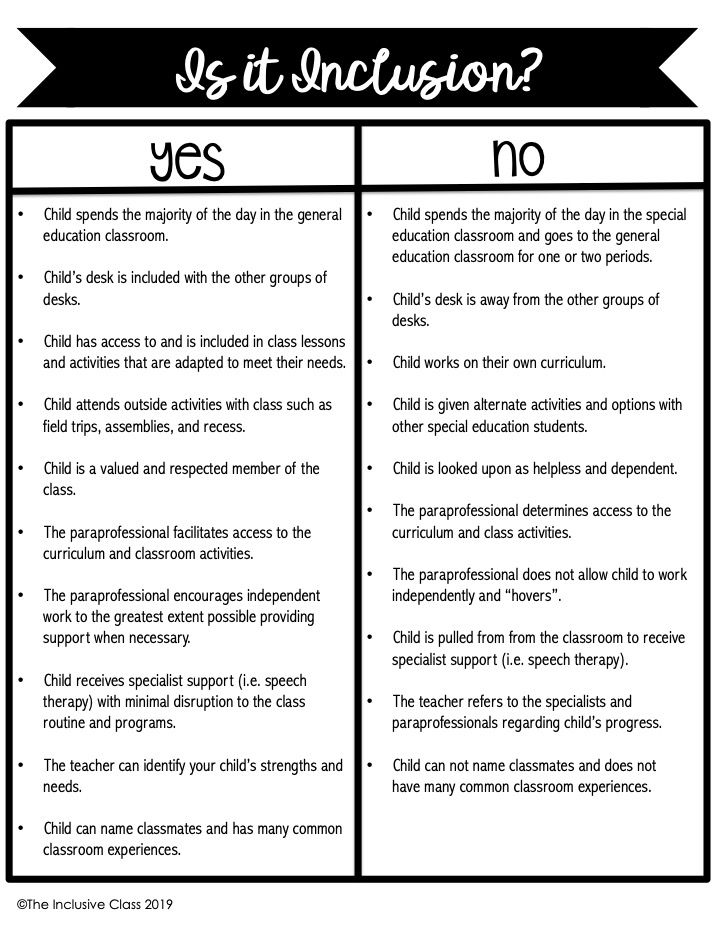
Help is out there for you and your child. To find a therapist, you can search via the Anxiety & Depression Association of America’s website or ask a pediatrician for a referral.
The most important thing to remember is never to shame your child for their behavior because that may worsen the hair pulling and make them more likely to hide the behavior. Love and support can go a long way in aiding their recovery.
Hair Pulling (Trichotillomania)
Hair Pulling (Trichotillomania)
No. 96; Updated July 2019
It is common for children and adolescents to play with their hair. However, frequent or obsessive hair pulling can lead to serious problems. The medical term for severe hair pulling is trichotillomania.
People with trichotillomania pull hair on various parts of their bodies, including the scalp, face, arms, legs and pubic areas. They may not notice the hair pulling until they need to cover up bald patches with hair clips, a hat, wig or scarf.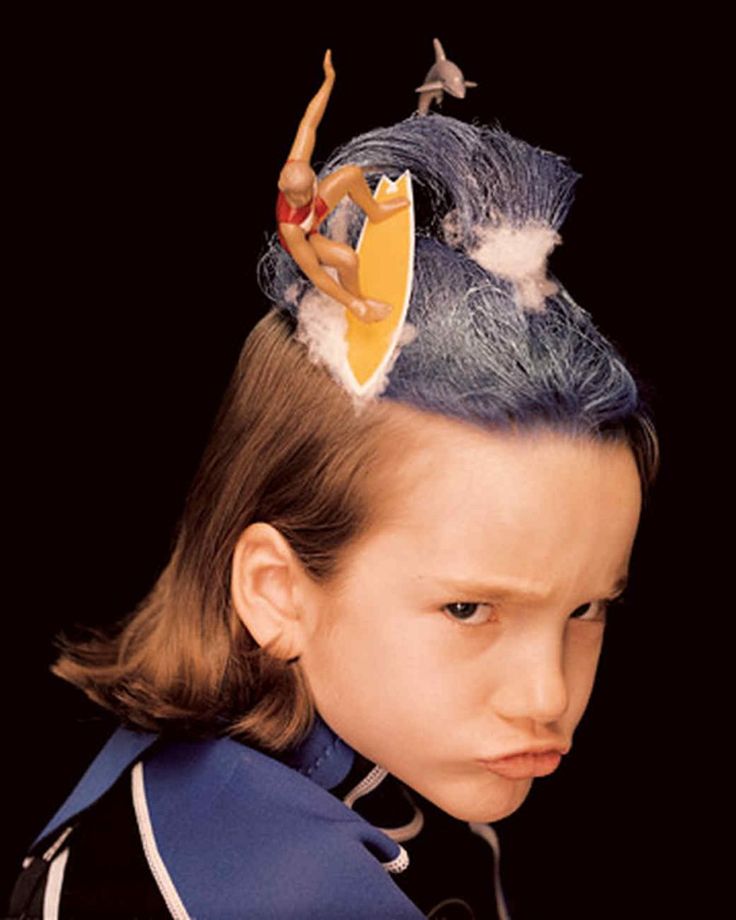 People with trichotillomania are not able stop pulling their hair.
People with trichotillomania are not able stop pulling their hair.
As many as 1 person in 100 has the following signs and symptoms of trichotillomania:
- recurrent hair pulling resulting in noticeable hair loss, unrelated to baldness or alopecia
- pleasure, excitement, or relief when pulling out hair
- embarrassment or shame resulting from hair loss
- problems at home, school or work
The cause of trichotillomania is not known. For some children, trichotillomania becomes damaging and very difficult to control. Hair pulling can occur anytime but may become worse in stressful situations.
Most children with trichotillomania feel shame, embarrassment or guilt about their hair loss. Younger children may not notice or be bothered by hair loss. Older children and adolescents may be teased, have low self esteem, anxiety or depression.
Parents can become frustrated, as it is very difficult to understand that children with trichotillomania can’t simply stop pulling their hair.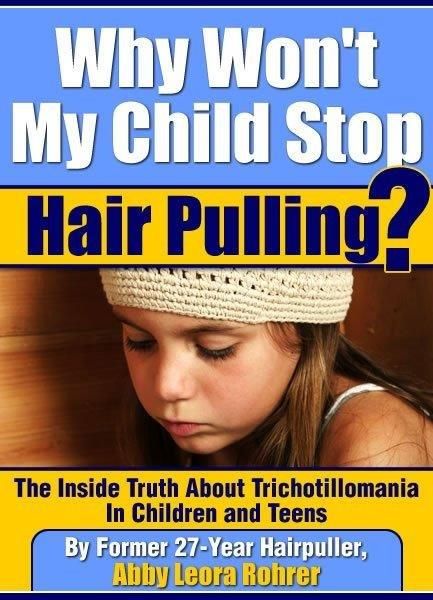 Neither parents nor children are to blame for the hair pulling behavior. Punishing children for pulling hair is unlikely to decrease the behavior and can lead to problems with self-esteem. In order to avoid punishment or embarrassment, children try to hide or deny they are pulling their hair.
Neither parents nor children are to blame for the hair pulling behavior. Punishing children for pulling hair is unlikely to decrease the behavior and can lead to problems with self-esteem. In order to avoid punishment or embarrassment, children try to hide or deny they are pulling their hair.
Frequently used treatments for trichotillomania include:
- cognitive behavioral therapy (CBT) is a specialized form of behavior therapy. It involves helping a child recognize thoughts, feelings and behaviors associated with hair pulling. The goal of this therapy is to increase the awareness of hair pulling and replace it with alternative behaviors
- medication therapy is also used to decrease the anxiety, depression and obsessive compulsive symptoms that accompany trichotillomania
Family therapies and support groups are also available. Children with trichotillomania should be evaluated by a trained and qualified mental health professional. Treatment is most effective when it is comprehensive and individualized to the needs of the child and family.
Learn more about Trichotillomania at www.bfrb.org/learn-about-bfrbs/trichotillomania.
If you find Facts for Families© helpful and would like to make good mental health a reality, consider donating to the Campaign for America’s Kids. Your support will help us continue to produce and distribute Facts for Families, as well as other vital mental health information, free of charge.
You may also mail in your contribution. Please make checks payable to the AACAP and send to Campaign for America’s Kids, P.O. Box 96106, Washington, DC 20090.
The American Academy of Child and Adolescent Psychiatry (AACAP) represents over 10,000 child and adolescent psychiatrists who are physicians with at least five years of additional training beyond medical school in general (adult) and child and adolescent psychiatry.
Facts for Families© information sheets are developed, owned and distributed by AACAP.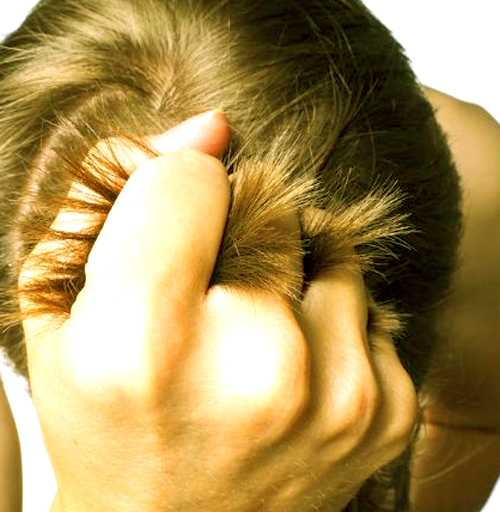 Hard copies of Facts sheets may be reproduced for personal or educational use without written permission, but cannot be included in material presented for sale or profit. All Facts
can be viewed and printed from the AACAP website (www.aacap.org). Facts sheets may not be reproduced, duplicated or posted on any other website without written consent from AACAP. Organizations are permitted to create links to AACAP's website and specific Facts sheets. For all questions please contact the AACAP Communications Manager, ext. 154.
Hard copies of Facts sheets may be reproduced for personal or educational use without written permission, but cannot be included in material presented for sale or profit. All Facts
can be viewed and printed from the AACAP website (www.aacap.org). Facts sheets may not be reproduced, duplicated or posted on any other website without written consent from AACAP. Organizations are permitted to create links to AACAP's website and specific Facts sheets. For all questions please contact the AACAP Communications Manager, ext. 154.
If you need immediate assistance, please dial 911.
Copyright © 2022 by the American Academy of Child and Adolescent Psychiatry.
What to do if your child is pulling hair out of his head
If your son or daughter compulsively pulls hair out of his head or eyelashes, it is very likely that he suffers from trichotillomania. This is a type of disorder that occurs during childhood and adolescence. In the vast majority of cases, a thing shouldn't evolve further and fade over time, so you don't have to worry too much. However, there are much more serious cases requiring special treatment. nine0006
In the vast majority of cases, a thing shouldn't evolve further and fade over time, so you don't have to worry too much. However, there are much more serious cases requiring special treatment. nine0006
In the following article, we explain the causes or reasons why this disorder may occur and guidelines and advice that parents should follow to treat this disorder in children and young adults.
Index
- 1 What is trichotillomania
- 2 Why are there children who pull out their own hair or hair
- 3 What damage does this type of disorder cause
- 4 What should parents do
What is trichotillomania
A child or young person suffering from this problem will experience great pleasure pulling hair from the head or eyelashes. Most often suffer from this disease in adolescence. In order to be able to induce trichotillomania in oneself, a number of factors must be observed:
- A child or young person has significant bald spots.
 either on the scalp or in the eyebrow area.
either on the scalp or in the eyebrow area. - Before pulling out hair, a person is in a rather significant stressful situation. Performing the hair-pulling action, one feels great relief.
- Bald spots are caused by compulsive hair pulling. No problem with hair.
Why are there children who pull their hair or hair out
There are many reasons or factors that can cause a young person or child to pull their hair out of their head or eyelashes. nine0005 This may be a family history or environmental factors such as anxiety or stress.
There are a number of emotions that can make a child pull hair out of the scalp:
- Negative emotions such as episodes of extreme stress or anxiety. The child loses motivation or is bored and this results in the child pulling out large amounts of hair or hair.
- Emotions can also be positive, for example the very fact of getting great pleasure when removing hair from the head or eyelashes.
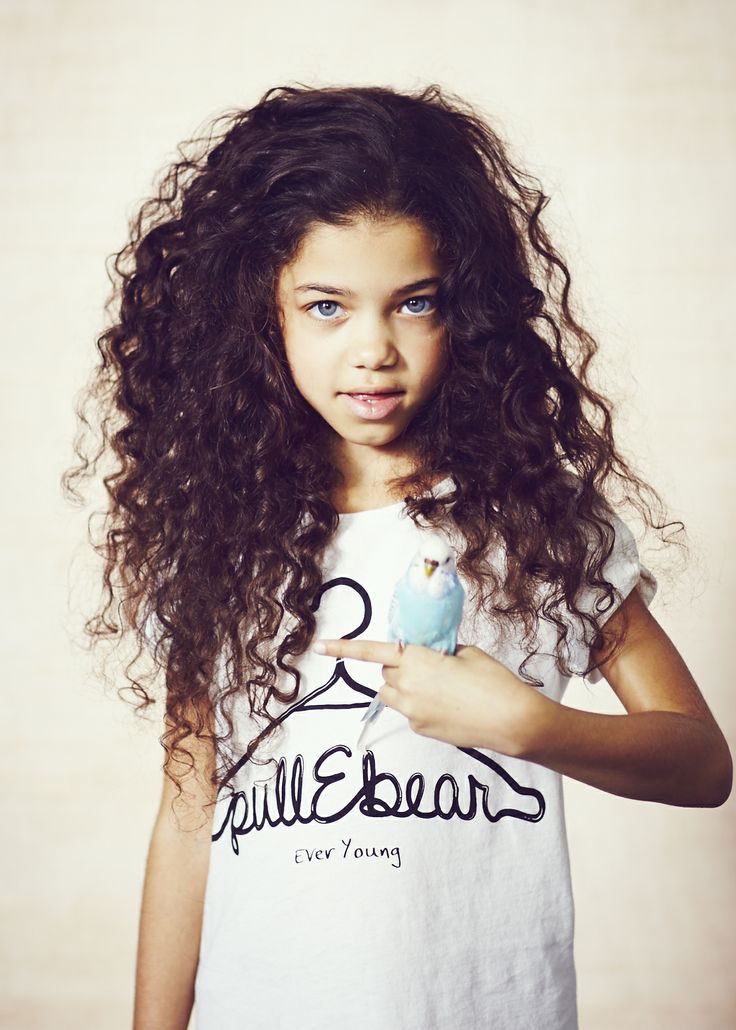 nine0006
nine0006
In many cases, hair pulling is not associated with any emotion. The child or young person does this without realizing it, either while studying or watching TV.
What damage does this type of disorder cause
- The most noticeable damage is physical. The appearance of a large number of bald spots on the scalp or on the eyelashes is normal. There are also wounds and scars. nine0006 There are cases when hair enters the child's body due to digestive problems.
- Emotional problems also arise, leading to serious damage to the child's self-esteem and safety. This is a behavior of which they are not at all proud and may suffer from bouts of depression and anxiety.
- Another type of fairly common problem in children and young people with this disorder is related to social relationships. They have severe difficulty maintaining social contact with friends and they often become the subject of much ridicule.
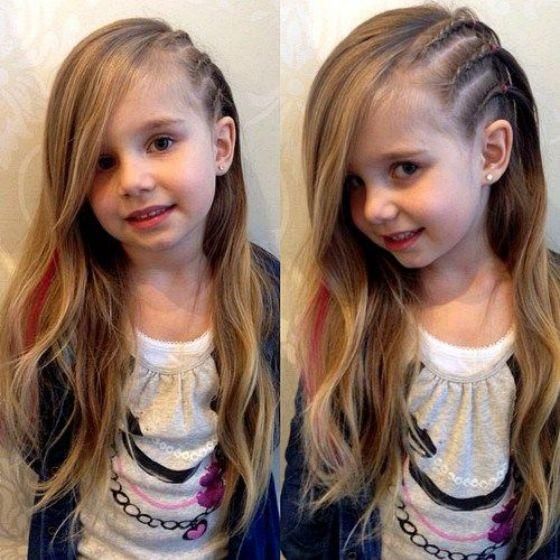
What to do for parents
If parents notice that their child won't stop pulling his hair, it would be good to go to the pediatrician. It is normal that there is a direction to the psychological sphere. It is important to find the cause of the disorder and work with the child or young person to resolve the problem from there. In addition to therapy work, the child may be given medication to help reduce anxiety or stress levels. nine0003
Ultimately, Trichotillomania is a disease that is more common than it might seem at first glance. In the vast majority of cases, there is nothing to worry about. If the problem persists and gets worse, it is recommended to seek professional help.
The content of the article complies with our principles of editorial ethics. To report a bug, click here.
You may be interested
causes, symptoms of the disease, diagnosis and treatment
I confirm More
- INVITRO
- Library
- Directory of Diseases
- Trichotillomania
Alopecia
Depression
nine0002 Neurosis3741 09 September
IMPORTANT!
The information in this section should not be used for self-diagnosis or self-treatment. In case of pain or other exacerbation of the disease, only the attending physician should prescribe diagnostic tests. For diagnosis and proper treatment, you should contact your doctor. nine0094 For a correct assessment of the results of your analyzes in dynamics, it is preferable to do studies in the same laboratory, since different laboratories can use different research methods and units of measurement to perform the same analyzes.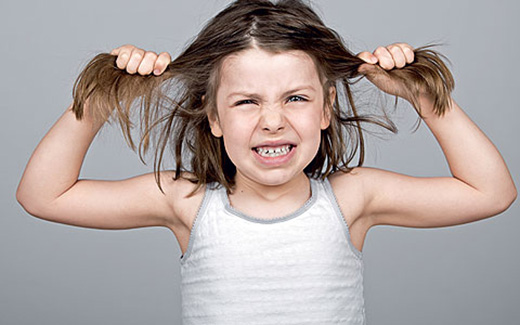
Trichotillomania: causes, symptoms, diagnosis and treatment.
Definition
Trichotillomania (TTM) is a chronic traumatic alopecia caused by a mental disorder characterized by regular pulling out of one's own hair from the scalp, eyebrows, eyelashes, pubis and other parts of the body. Patients with TTM often suffer from other mental disorders (eg, depression, neurosis). nine0003
Trichotillomania can be an independent disease or develop against the background of bipolar disorder, schizophrenia, organic brain damage.
The first signs of trichotillomania appear, as a rule, in childhood or adolescence, although cases of TTM manifestation in adults have been described - in this case, the prognosis for cure is less favorable.
Statistics show that the prevalence of pathology is approximately 0.9%, but doctors say that the numbers may be higher, since many patients do not seek medical help.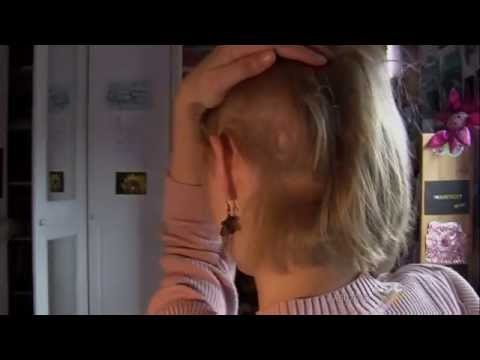 Women suffer from trichotillomania twice as often as men.
Women suffer from trichotillomania twice as often as men.
Causes of trichotillomania
The main reason for the formation of the hair pulling habit lies in the psychological problems of the patient: the disease can develop against the background of stress, increased anxiety, self-doubt, difficult relationships in the family (lack of mutual understanding causes chronic stress in the child, which can become trichotillomania). nine0003
There is a theory, which does not yet have solid evidence, about the hormonal nature of TTM. Its supporters focus on the fact that in many patients the manifestation of the disease coincides with the period of puberty, when there are significant changes in the hormonal background.
Classification of the disease
According to the ICD-10 classification, trichotillomania belongs to section F63 “Disorder of habits and drives”.
Trichotillomania can be unconscious (automatic), when the patient does not realize that he is pulling out his hair, and conscious, when pulling out his hair becomes a response to a stressful situation, increased tension and allows for some time to get rid of anger, frustration and anxiety.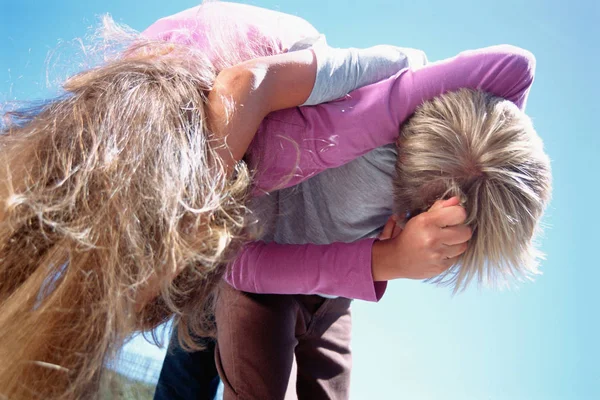 A combination of these two types of TTM is also possible. nine0003
A combination of these two types of TTM is also possible. nine0003
Trichotillomania is classified based on the age of the patient when the disease debuted:
- childhood trichotillomania occurs in children 2-6 years of age;
- adolescent trichotillomania develops at 11-15 years of age;
- bidominal trichotillomania is manifested by two clinical peaks: first in preschool and then in adolescence;
- adult trichotillomania.
Symptoms of trichotillomania
Specific manifestations of trichotillomania include pulling out one's own hair, twisting it around a finger, sucking, cases are described when patients chew and swallow their torn hair. Patients with TTM can often touch their hair without even pulling it out, and the act of pulling out their hair always brings them emotional relief.
The clinical picture of the disease is represented by foci of total alopecia of irregular shape (bald patches can be localized where there is hair, but more often on the crown and crown) or areas with sparse hair (in this case, hair broken off at different heights, with split ends, or rolled into rings).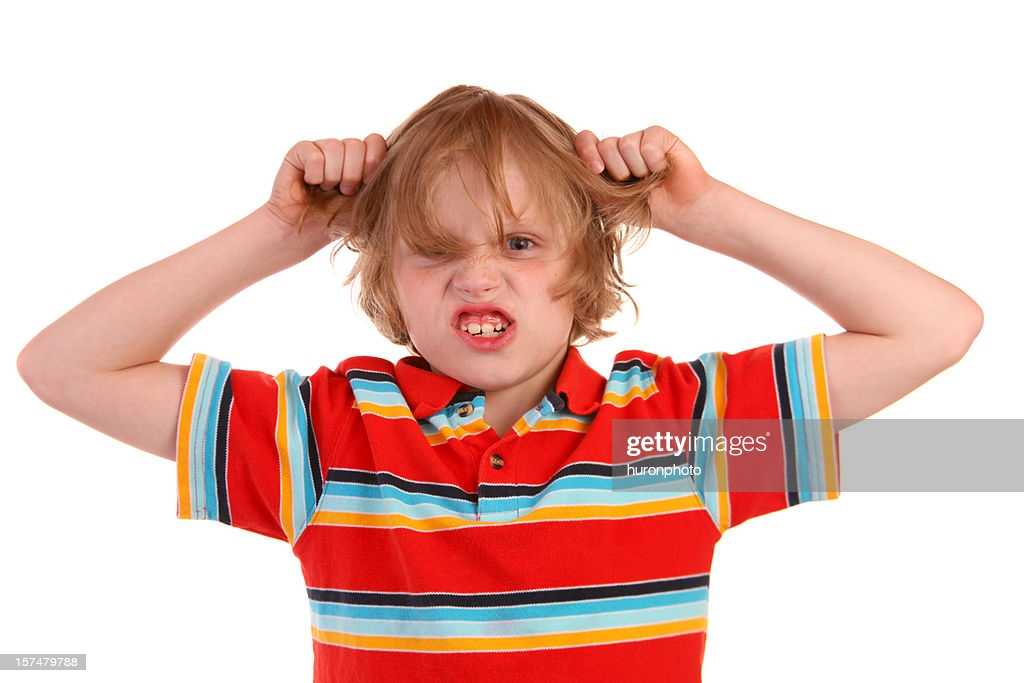 nine0003
nine0003
Pinpoint hemorrhages (hemorrhages) can be visualized on the skin due to hair pulling. With total hair pulling, hemorrhagic crusts and erosions, foci of lichenification (thickening and thickening of the skin) are often formed.
Hair pulling usually does not bring any pain to patients, since the sensitivity in these areas of the skin is reduced.
Diagnosis of trichotillomania
Diagnosis of TTM is difficult because patients do not recognize the very fact of hair pulling, and the clinical picture of trichotillomania is similar to other alopecia, so in about 50% of cases, patients with TTM are initially diagnosed with alopecia areata. Differentiation of two pathologies allows the analysis of the totality of pathological trichoscopic signs and key disease markers. Trichotillomania is characterized by the preservation of pigmented short hair and different lengths of hairs, with alopecia areata, the hair is discolored and thin.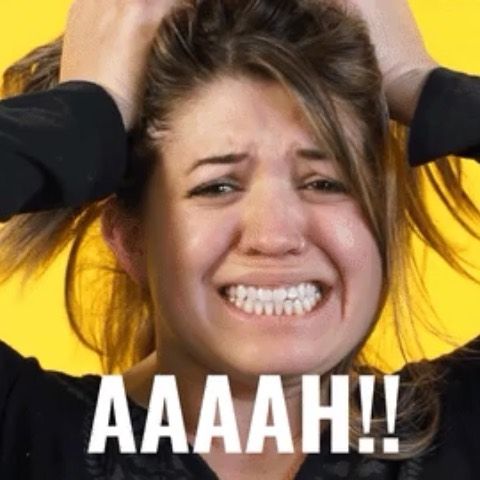 nine0003
nine0003
To detect the disease, trichoscopy is considered the main diagnostic method - a computer study of the condition of the hair and scalp using a trichoscope, which is equipped with a video camera and magnifying optics.
Trichotillomania is distinguished by the presence of several types of hair: hair with normal ends, hair with ends in the form of a brush, twisted hair. Many empty follicles are found, some of them with black patches of remnants of the hair shaft (trichomalacia). Histological examination may be required to clarify the diagnosis. nine0003
Key disease markers include:
- habit of regularly touching and pulling hair;
- emotional tension before hair-pulling;
- emotional relaxation after hair-pulling;
- absence of other dermatological and trichological pathologies.
The fluorescent test is used in cases where the patient and his relatives do not recognize the fact of hair pulling. To conduct the test, the hair is treated with fluorescent ink, and every other day the skin of the hands is examined under a Wood's lamp. A characteristic glow of the skin indicates that the patient often touches his hair. nine0094 The doctor may recommend a study of the composition of the hair for trace elements in order to prescribe drugs for hair restoration.
To conduct the test, the hair is treated with fluorescent ink, and every other day the skin of the hands is examined under a Wood's lamp. A characteristic glow of the skin indicates that the patient often touches his hair. nine0094 The doctor may recommend a study of the composition of the hair for trace elements in order to prescribe drugs for hair restoration.
Small hair trace element screening
Up to 5 business days
Available with home visit
4 410 RUB
In garbage nine0003
Which doctors to contact
With problems of hair thinning and total baldness, patients turn to trichologists and dermatologists. Of course, these specialists are engaged in local therapy.
Nevertheless, trichotillomania is a mental disorder, so its treatment should be comprehensive, and one cannot do without the help of a psychiatrist.
However, if a patient does not present to a doctor for trichotillomania, the disorder may be suspected general practitioner during a visit for a different reason, paying attention to the bald patches and the emotional status of the patient. nine0003
Treatment of trichotillomania
First of all, patients with trichotillomania need the help of psychiatrists and psychologists. Doctors find out what factors or circumstances lead to episodes of hair pulling, and give recommendations on how to eliminate or minimize them. For treatment, hypnosis, psychotherapy and antidepressants can be used, and in the presence of itching - glucocorticosteroids locally.
Some studies show that as an adjunctive therapy, the patient, when feeling the urge to pull his hair, can begin to do self-massage of hands, touch beads or rosary.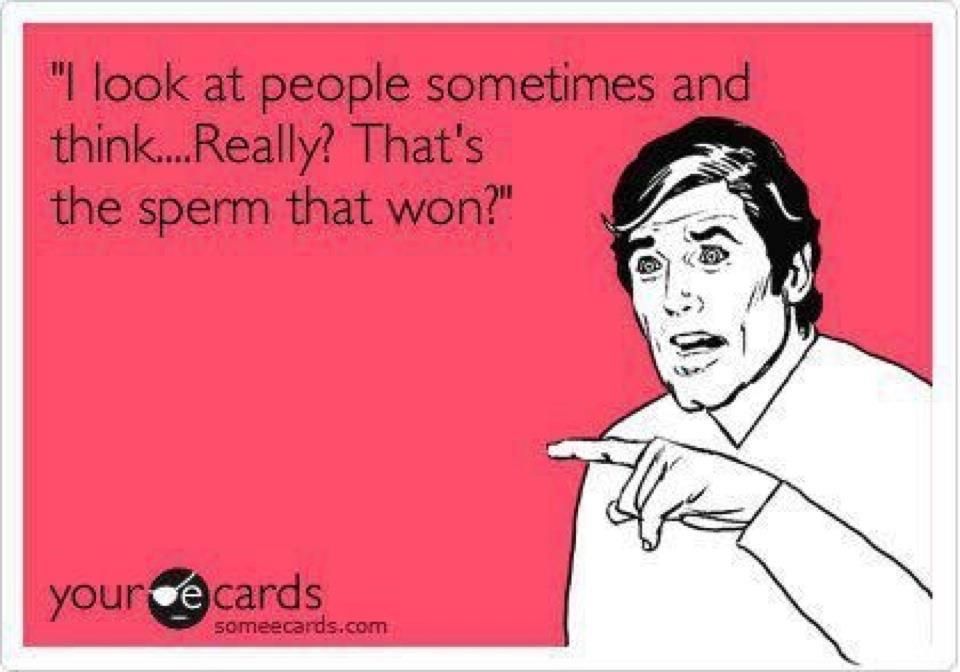 nine0003
nine0003
Complications
Since it is common for some patients to swallow torn hairs (trichophagia), there is a risk of clumps of hairs forming in the stomach, making it difficult to pass and digest food and may require surgery.
Another consequence of constant hair pulling is infection of the injured skin.
If the patient pulls out hair for a long time, hair growth may stop altogether. nine0003
Prevention
Preventive measures in childhood are reduced to educational moments: children who are prone to anxiety and self-doubt should not be criticized, set strict limits on them and compared with others - in other words, it is important for such children to ensure a minimum level of stress.
Adolescents and adults should avoid stressful situations as much as possible and relieve emotional tension through sports (eg swimming). nine0003
Sources:
- Tikhonovskaya I.V., Lesnichaya O.V. Trichotillomania: clinic, diagnosis, differential diagnosis, treatment // Medical News.
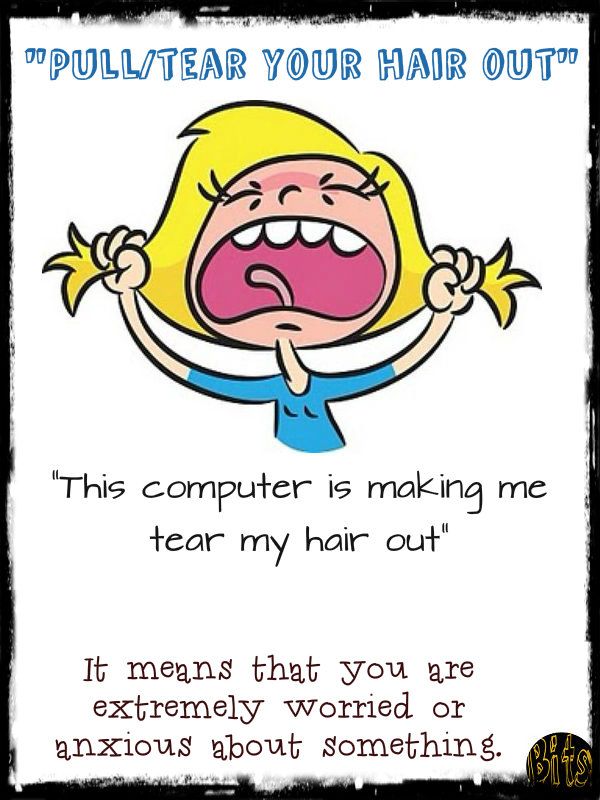 No. 1, 2014. S. 12-15.
No. 1, 2014. S. 12-15. - Efanova E. N., Rusak Yu. E., Gorshkova A. V., Vasilyeva E. A. Trichotillomania and trichobezoar in a teenager: a clinical case. Questions of modern pediatrics. 2019; 18(2): 134-137. doi:10.15690/vsp.v18i2.2016
IMPORTANT!
The information in this section should not be used for self-diagnosis or self-treatment. In case of pain or other exacerbation of the disease, only the attending physician should prescribe diagnostic tests. For diagnosis and proper treatment, you should contact your doctor. nine0094 For a correct assessment of the results of your analyzes in dynamics, it is preferable to do studies in the same laboratory, since different laboratories can use different research methods and units of measurement to perform the same analyzes.
Recommendations
-
Pick's disease (frontotemporal degeneration)
13424 23 December nine0003
-
Schizotypal disorder
13438 21 December
-
Lactase deficiency
13482 21 December
nine0023
Show more
Phobia
Hallucination
Social phobia
Mood disorder
nine0002 Panic attackDepression
Anxiety
Schizotypal disorder
Schizotypal disorder: causes, symptoms, diagnosis and treatment.
More
nine0002 Long covidPost-Covid
Post-COVID Syndrome
Long COVID
COVID-19
nine0002 Shortness of breathArrhythmia
Insomnia
Depression
Hair loss
nine0002 HypertensionTinnitus
Weight Loss
Thrombovasculitis
Post-covid syndrome (long-covid)
Post-covid syndrome: causes, symptoms, diagnosis and treatment.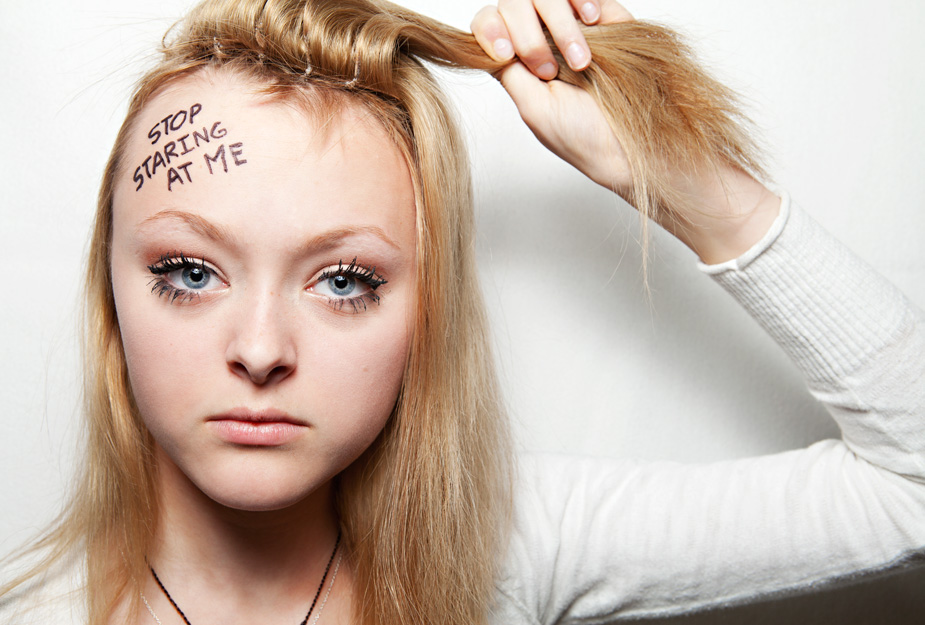 nine0003
nine0003
More
Neurosis
Traumatic brain injury
Asthenia
Attention deficit hyperactivity disorder (ADHD)
nine0002 Vegetative-vascular dystoniaDepression
Hyperhidrosis
Sleep disorder
Neurasthenia
Neurasthenia: causes, symptoms, diagnosis and treatment.
More
Mania
Brad
Depression
Bipolar affective disorder (BAD)
Bipolar affective disorder: causes, symptoms, diagnosis and treatment. nine0003
More
Climax
Menopause
Hypertension
Diabetes mellitus
nine0002 ObesityHormonal disorders
Migraine
Neurosis
Multiple sclerosis
nine0002 MyomaVulvit
Cervicitis
Depression
Anxiety disorders
Frigidity
Frigidity: causes, symptoms, diagnosis and treatment.